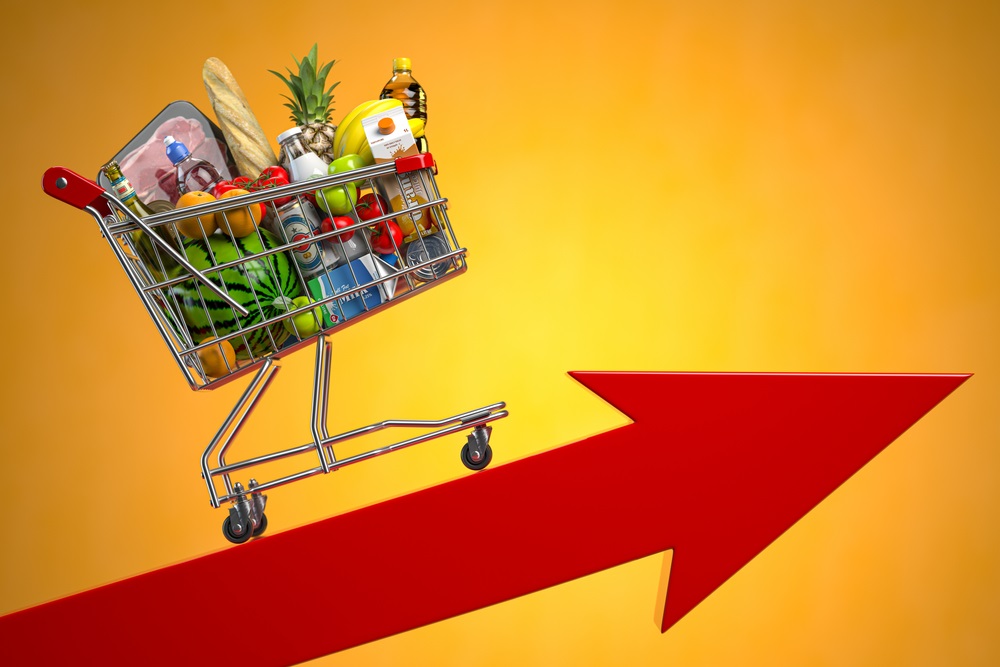Inflation is accelerating around the world. Easy fiscal and monetary policies prevented economic depression during the health crisis. They drive up prices, combined with labor shortages and soaring energy costs. Is the return of inflation threatening the recovery?
After 25 years of price stability, is inflation back? Last July, prices slipped an average of 4.2% over one year in the 38 OECD countries (the richest nations).
The pace of global inflation is accelerating
The price of steel has jumped 53% in one year, copper 39 %, nickel 36 %, wood 14 %, coffee 59 %, sugar 58 %, and aluminum outright by 105 %.
Food prices have also climbed around the world due to climatic conditions, droughts in North and South America, heavy rains in Europe, and the rebounding economy.
In Germany, the inflation rate reached + 5.2% in November. France is resisting with a rate of + 2.4 %.
Prices paid by Americans jumped 6.2% in October from the previous year, the highest since 1990. In Argentina, Brazil, Colombia, Russia or Turkey, food price inflation exceeds 10 %.
Which are the most expensive cities in the world?
The rate of price inflation in the cost of living in 173 cities around the world is established by The Economist in 173 cities. This rate is up 3.5% over one year in local currency in 2021, compared to an increase of only 1.9% in 2020 and 2.8% in 2019.
Supply chain issues, exchange rate changes and changing consumer demand, have led to higher commodity prices and in particular, with a price of gasoline up 21% per liter. on average.
Tel Aviv tops the Worldwide Cost of Living ranking for the first time, making it the most expensive city in the world. The Israeli city fell from fifth place last year, pushing Paris to join second place with Singapore . Tel Aviv’s rise mainly reflects the surge in its currency and rising prices for about a tenth of the city’s goods, primarily groceries and transportation, in local currency.
Rome (Italy) experienced the biggest drop in the ranking, dropping from 32nd to 48th place, with a particularly sharp drop in its shopping and clothing categories.
Real estate prices are not taken into account in the calculation of this index.
Global inflation: central banks react
The U.S. Federal Reserve is keeping rates unchanged, likely until March 2022. But its president Jérôme Powell is determined to fight the inflation which has taken hold in the United States. He mentions a “non-transitory” inflationary spiral and his policy suggests an increase in interest rates in the second quarter of 2022.
The European Central Bank estimates that soaring energy prices and bottlenecks in supply chains will subside next year. It does not plan to change its monetary policy with a rise in interest rates for example.
Much will depend in 2022 on the behavior of consumers and businesses. Faced with the demand to maintain purchasing power, employees will ask for compensation via higher wages. That companies will have to pass on to their selling prices.
Inflation will be virtuous if prices increase in line with sustained economic growth and plans to exit the health crisis. When inflation combines with sustained growth, it is not necessarily “the monster”.


